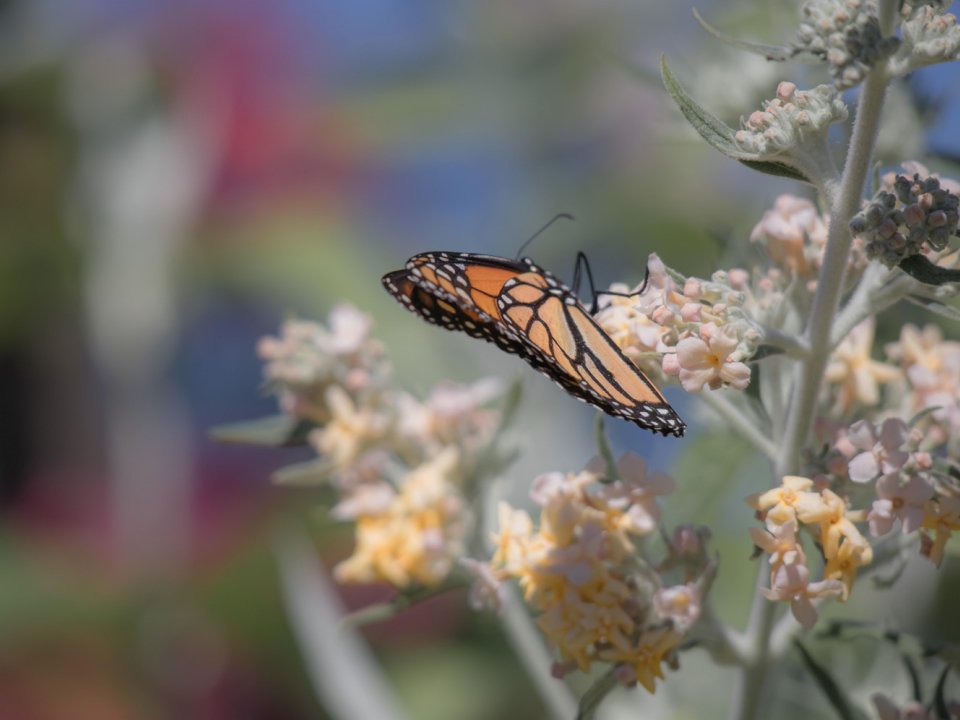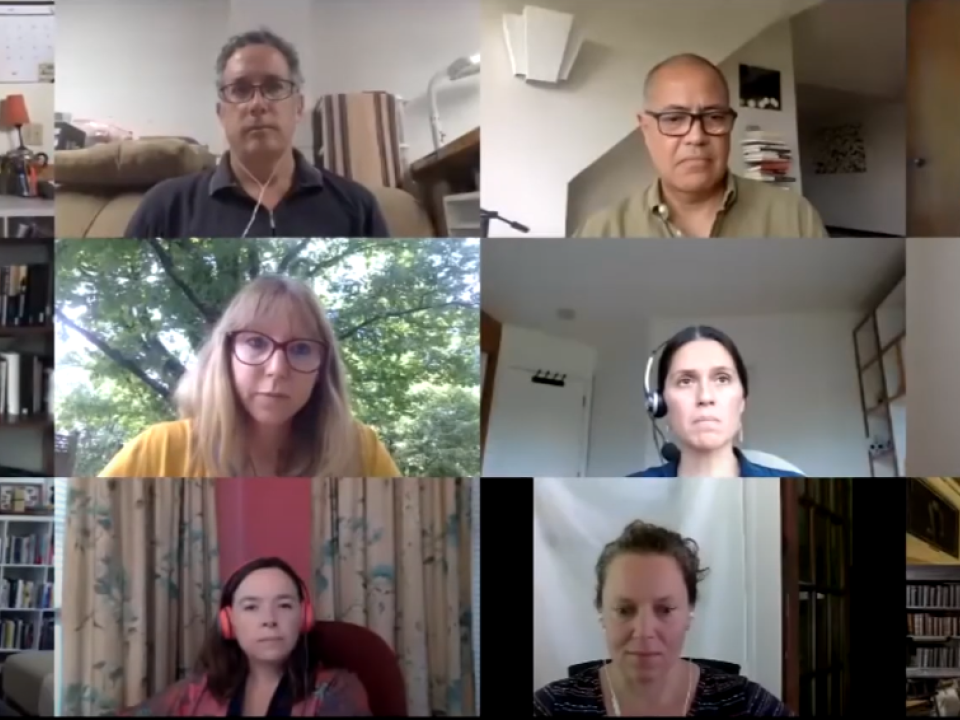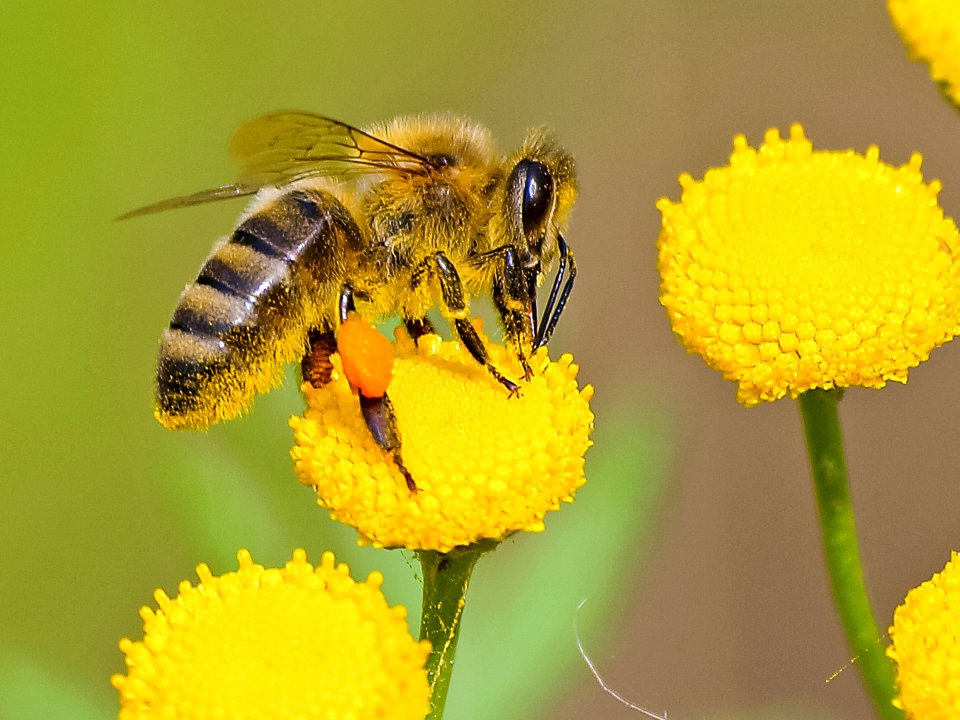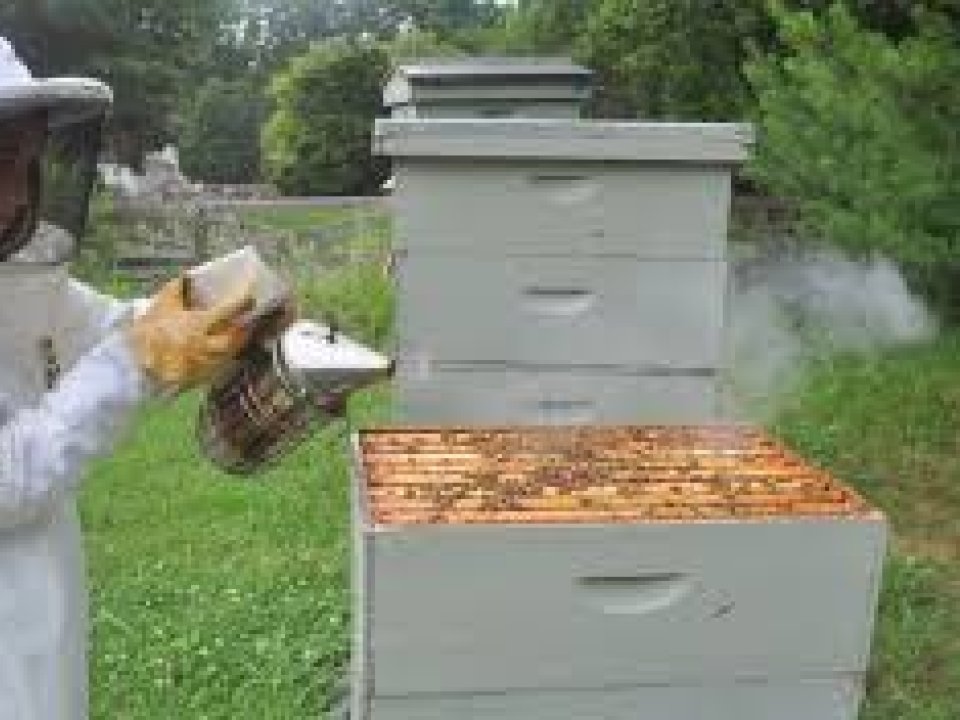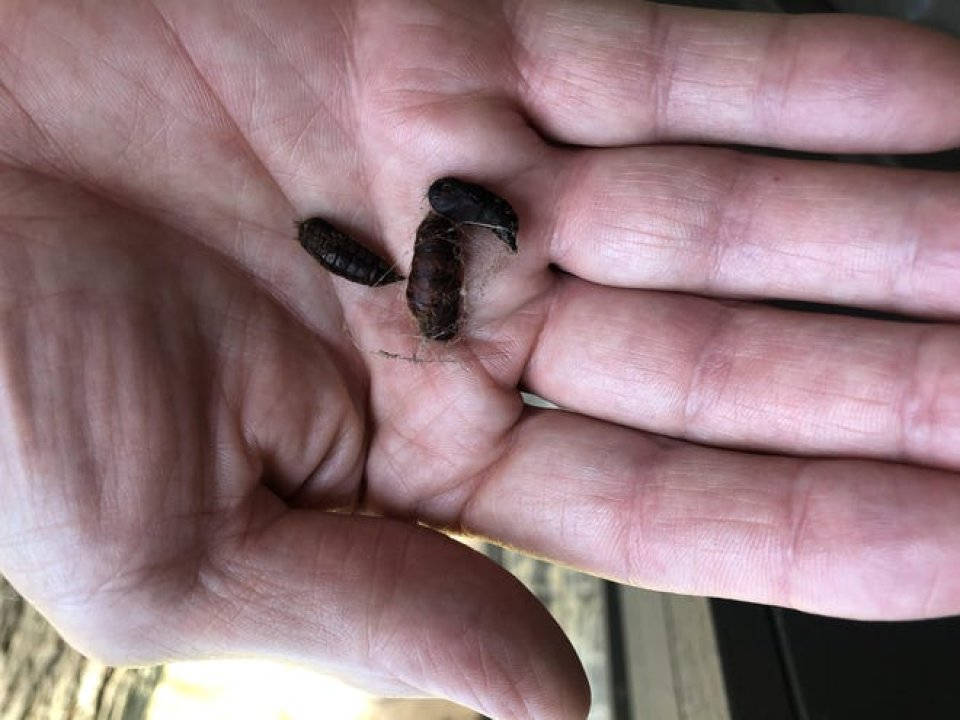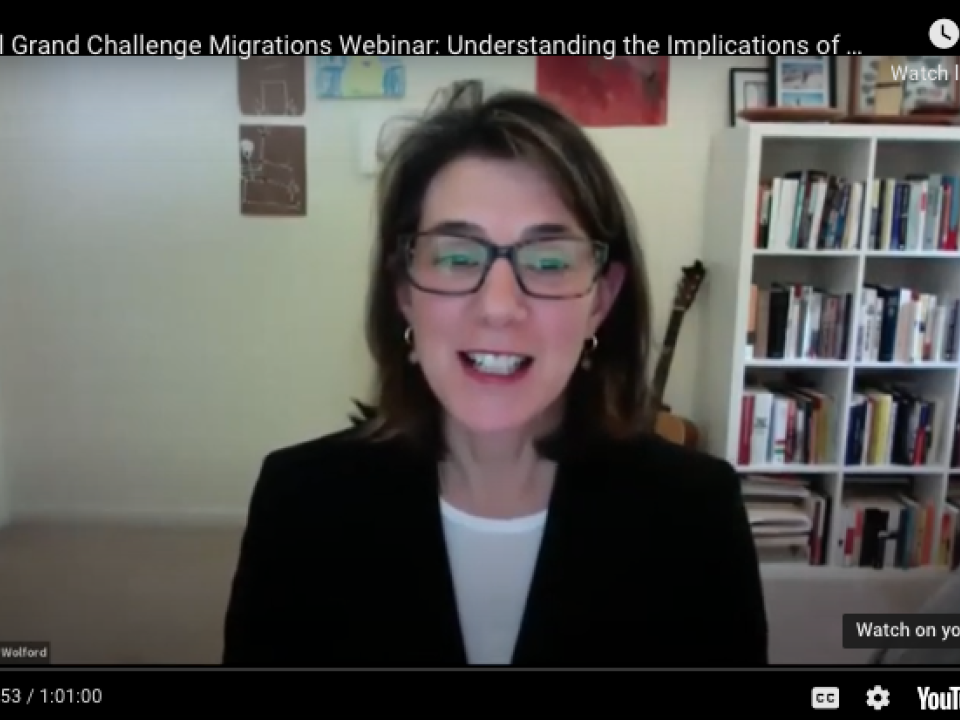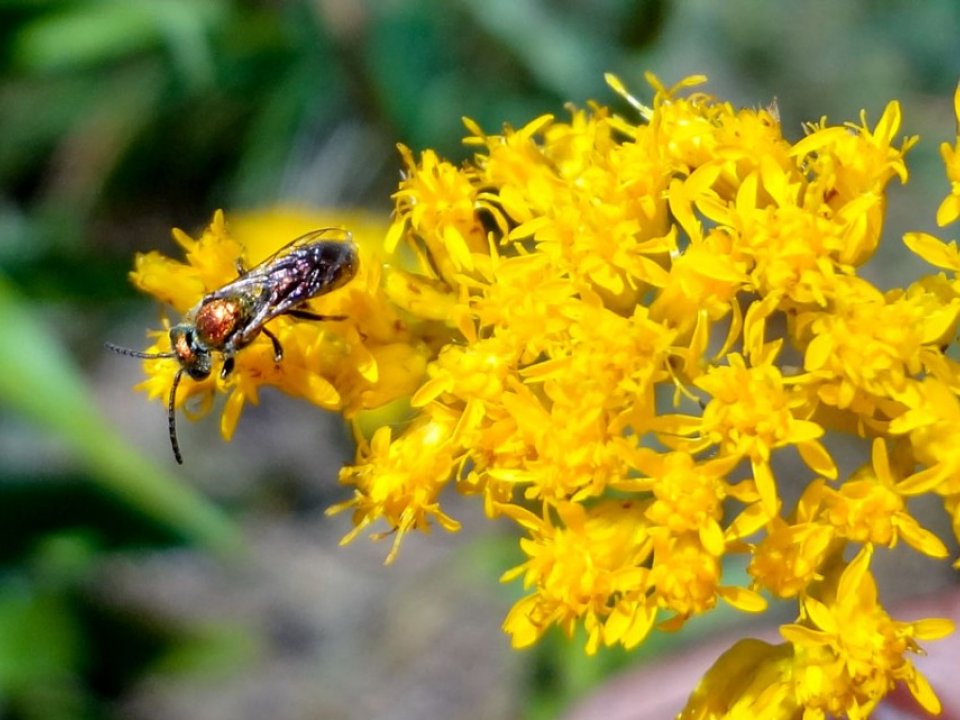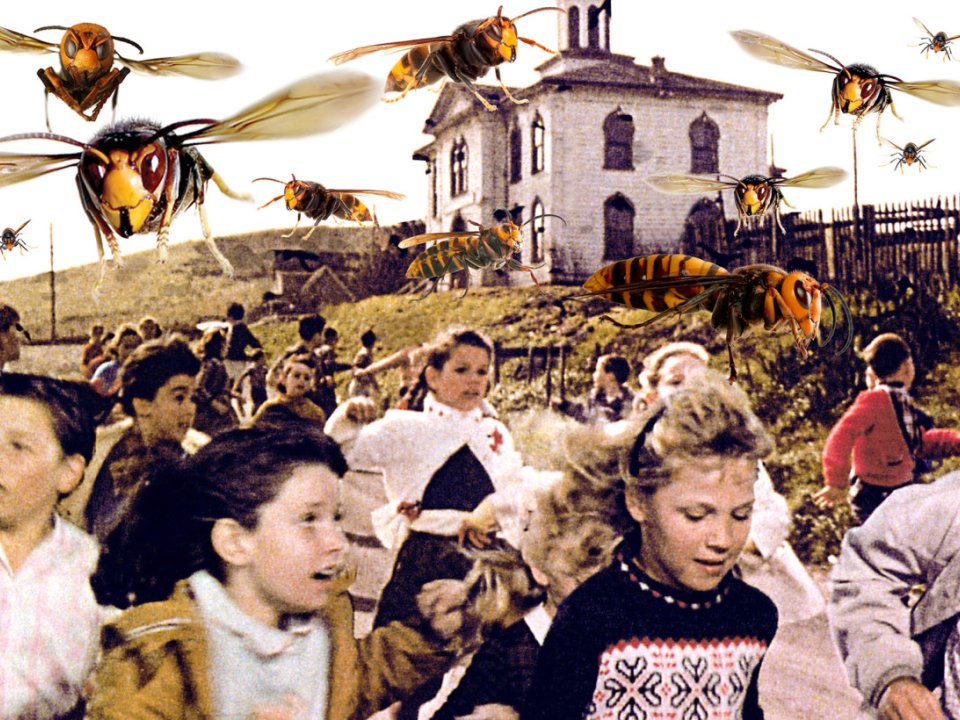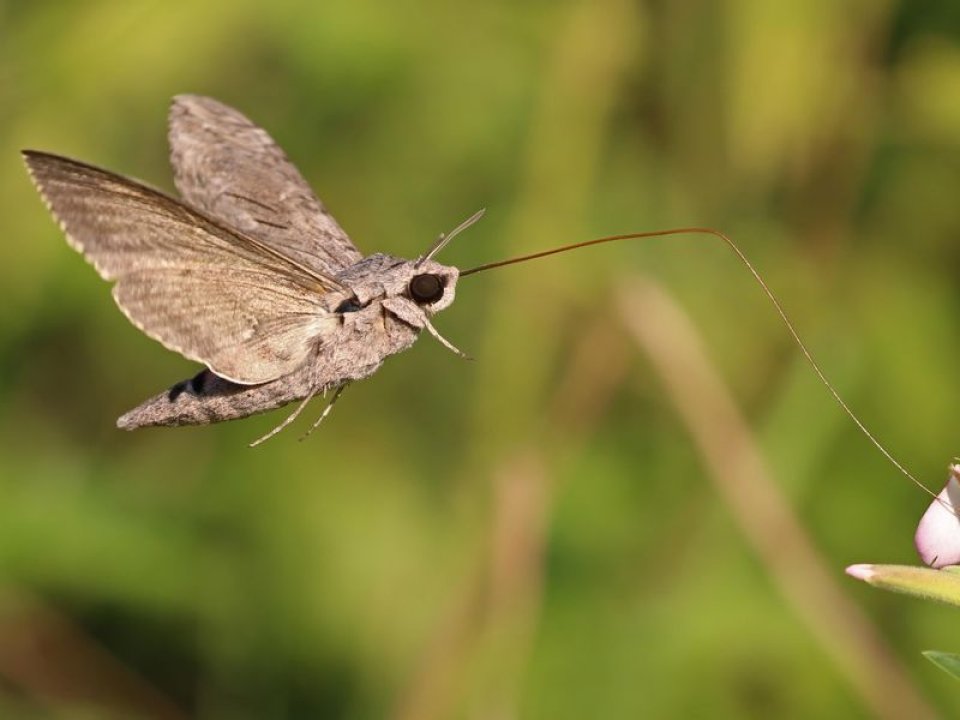News
This op-ed discusses the decline of insects around the country. The authors cite research done by the Lab of Ornithology in 2019 announcing that the United States has lost 3 billion birds.
With each episode, postdoc Eleanor Paynter speaks with experts who highlight how multidisciplinary, multi-species perspectives on migration help us understand key global issues. In season 1, we are broadening our scope of understanding by focusing on highly relevant themes like pandemics, climate, racial justice, and more. Keep an eye out for new episodes, released on the first Monday of every month.
Our world is increasingly in motion. In a new interdisciplinary course, "Migrations: A Global, Interdisciplinary, Multispecies Examination" (DSOC 4940), we approach migrations as multispecies phenomena emerging from dynamic socioecological systems.
Assistant professor of entomology, Scott McArt's new research found one in 11 flowers carries disease-causing parasites known to contribute to bee declines. “Both bee diversity and fewer of the social bees make it less likely for bees [overall] to be infected. That’s another win for conservation: if we promote bee diversity, there will be less disease,” he explains.
Entomology professor, Bryan Danforth found that honeybees will go to almost any host plant for pollen and nectar, while other bees can be highly specialized, visiting just a single plant species. “If their preferred host plant disappears, these pollen-specialist bees will likely go extinct, as well,” he says.
Our ability to understand migrations and address real-world migration challenges is dramatically improved by working together, as evidenced by this panel's discussion, recorded on June 5, 2020, as part of Cornell's virtual reunion weekend.
A new study on bees, plants, and landscapes in upstate New York sheds light on how bee pathogens spread, offering possible clues for what farmers could do to improve bee health.
“My guess is it would take several years before it actually showed up” says assistant professor of entomology Scott McArt about the murder hornet.

